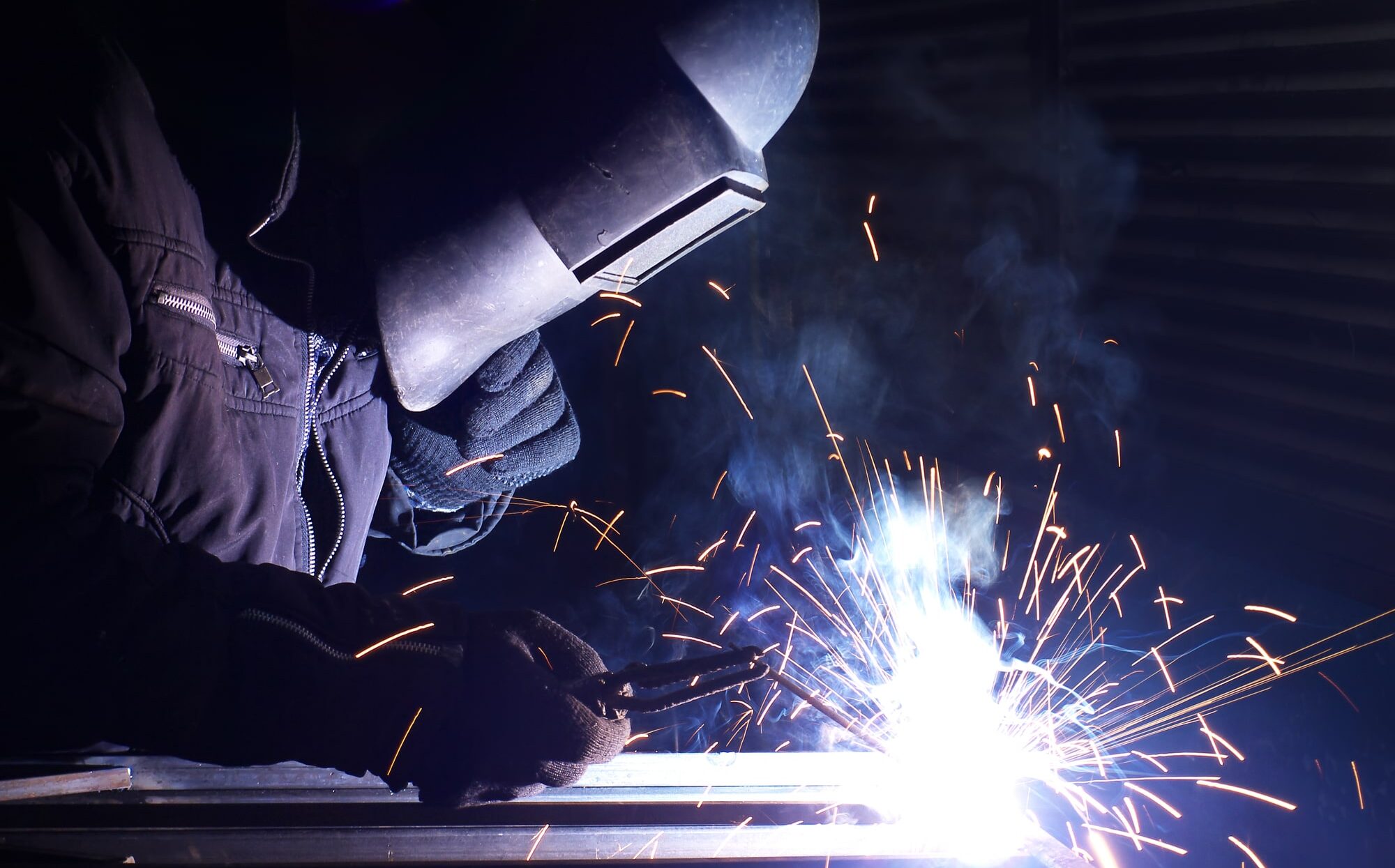Understanding Welding WPS Criteria: Finest Practices and Techniques for Quality Welds
In the realm of welding, understanding Welding Procedure Specification (WPS) standards is a crucial component that directly affects the top quality and stability of welds. As we browse via the intricacies of welding WPS requirements, discovering essential understandings and approaches for accomplishing top-tier welds will be critical for welders seeking to stand out in their craft and create welds that stand the test of time.
Comprehending Welding WPS Requirements

Assessors depend on WPS documentation to confirm that welding procedures are being complied with properly and that the resulting welds are of high quality. Engineers utilize WPS requirements to design welding procedures that make sure the durability and integrity of welded frameworks.


Crucial Devices for High Quality Welds
Grasping welding WPS standards is essential for welders to properly make use of the crucial tools needed for creating top quality welds. The kind of welding device required depends on the welding procedure being made use of, such as MIG, TIG, or stick welding. Cord brushes and chipping hammers are necessary for cleansing the weld joint prior to and after welding to eliminate any kind of pollutants that might impact the high quality of the weld.
Trick Methods for Welding Success
To accomplish welding success, one have to master the essential methods crucial for producing high-grade welds. Maintaining a secure welding and a constant hand placement throughout the process is vital to accomplishing accuracy and consistency in the welds. By grasping these vital strategies, welders can boost the quality of their work and attain welding success.
Ensuring Compliance With WPS Specifications

Furthermore, welders need to undertake training to familiarize themselves with the WPS requirements pertinent to their job. Normal audits and assessments must be carried out to validate that welding tasks line up with the recommended WPS guidelines. Furthermore, maintaining detailed records of welding parameters, equipment calibration, and examination outcomes is vital for showing compliance with WPS criteria - welding WPS. By carefully adhering to WPS requirements, welders can guarantee that their work meets the necessary top quality levels and adds to the general success of the welding job.
Troubleshooting Common Welding Issues
When confronted with typical welding problems, determining the source is critical for efficient troubleshooting. One widespread trouble is the existence of porosity in welds, frequently caused by contaminants such as oil, rust, or dampness. To resolve this, guaranteeing appropriate cleansing of the base metal prior to welding and making use of the appropriate shielding gas can substantially minimize porosity. Another issue frequently come across is absence of blend, where the weld fails to correctly bond with the base material. This can stem from poor warm input or incorrect welding technique. Adjusting specifications such as voltage, cable feed rate, or take a trip rate can help improve fusion. Furthermore, distortion, cracking, and spatter prevail welding challenges that can be minimized with appropriate joint prep work, consistent warm control, and choosing the suitable welding consumables. By thoroughly recognizing these common welding concerns and their source, welders reference can effectively troubleshoot problems and attain high-quality welds.
Final Thought
To conclude, understanding welding WPS criteria requires a complete understanding of the standards, making use of essential tools, and carrying out key methods for effective welds. Guaranteeing compliance with WPS criteria is crucial for creating quality welds and preventing usual welding concerns. By following finest techniques and techniques, welders can achieve reputable and consistent outcomes in their welding jobs.
In the world of welding, mastering Welding Procedure Specification (WPS) standards is important source a vital part that straight influences the high quality and stability of welds.When diving right into the world of welding techniques, an essential element to comprehend is the value and intricacies of Welding Procedure Spec (WPS) criteria. WPS criteria supply a comprehensive standard for welding operations, making certain uniformity, quality, and safety and security in the welding procedure. The type of welding maker needed depends on the welding procedure being made use of, such as MIG, TIG, or stick welding.Achieving welding success with the proficiency of crucial techniques requires a comprehensive understanding and adherence to Welding Procedure Requirements (WPS) criteria.